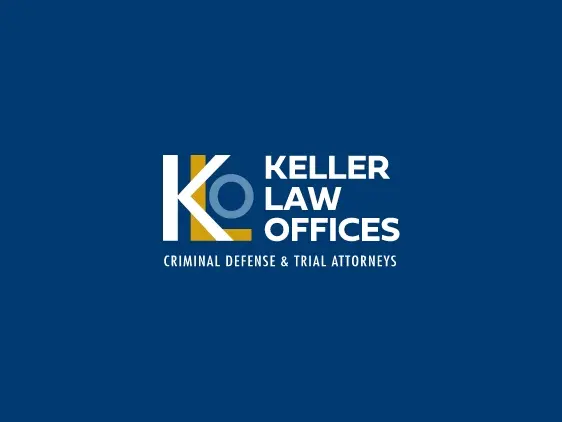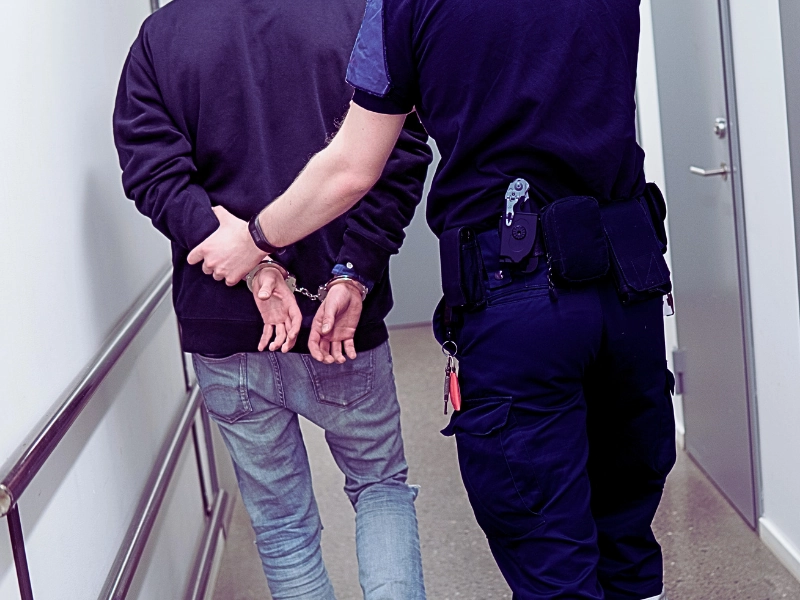The number of young offenders who face prosecution and need criminal defense in Hennepin County is on the decline because of the county’s alternative community program. The Juvenile Detention Alternative Initiative is responsible for decreasing the number of juvenile offenders in the Hennepin County Juvenile Detention Center (Juvenile Detention Center) by half in comparison to 2006. Officials that work at the Juvenile Detention Center are proud of the new statistic but say there are still goals to work towards regarding the disproportionate number of juvenile detainees who are minorities.
Despite the success in reducing the number of juvenile detainees, 90 percent of the juveniles at the Juvenile Detention Center are minorities. Minorities compose only 30 percent of the population of minors in Hennepin County. The co-chair of the Juvenile Detention Alternative Initiative attributes the success of the program to the logical choice of separating low level juvenile offenders from juveniles who have committed serious offenses. Low-level juvenile offenses include curfew violations, missed court dates and truancy. Another factor in the successful reduction in the number of juvenile offenders has been an overall reduction in juvenile crime.
The juvenile caseload for Minneapolis police decreased by 22 percent over the last two years and the number of felonies committed by juvenile offenders has decreased by 45 percent over the last five years. Ramsey County reports similar trends in its juvenile crime rate and juvenile detainee population. Also, Hennepin County has seen budgetary savings of $1.5 million from the new program.
Those working in the juvenile system in Hennepin County plan to reduce racial disparities in the system. Officials will review the procedural process from arrest to detainment, and officials will also start to ask parents to attend mandatory court dates with their children.
Source: Star Tribune, “Far fewer juveniles in lockup, but still a minority gap,” Abby Simons, 1/26/11






